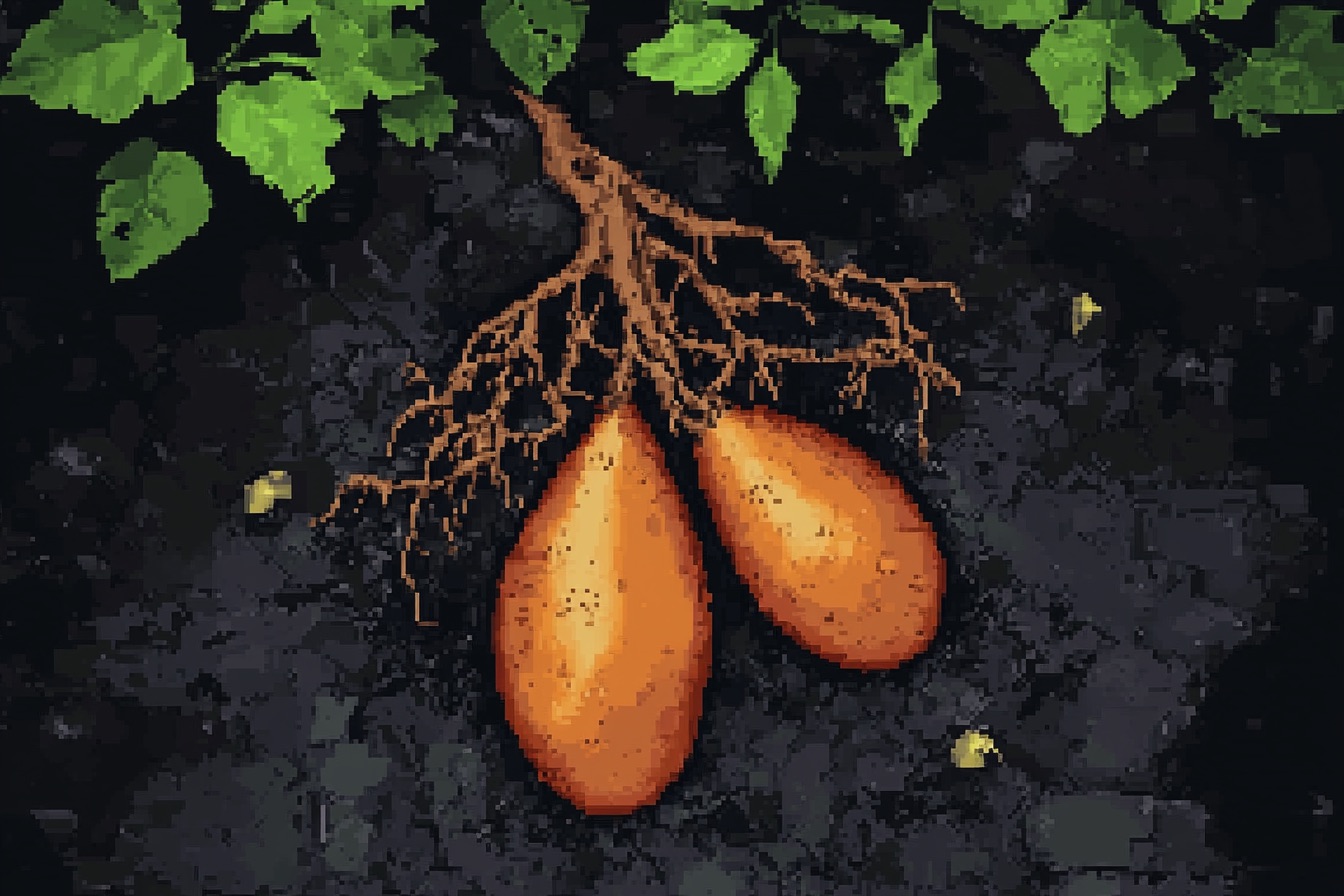Ibogaine is a psychoactive indole alkaloid obtained chiefly from the root bark of Tabernanthe iboga, a rainforest shrub revered in West-Central Africa’s Bwiti initiation rites. In modern contexts, it is best-known for its “flood-dose” protocols that can interrupt opioid, cocaine, and alcohol dependence—often after a single session—while producing a 24- to 36-hour waking-dream state marked by vivid autobiographical visions. Interest has surged as clinics in Mexico, New Zealand, and Portugal offer medically supervised treatments even while the drug remains Schedule I in the United States. Serious cardiac-arrhythmia fatalities have pushed the field toward rigorous screening and next-generation analogues (e.g., oxa-iboga) that retain anti-addiction efficacy without QT-prolongation risk.
Sources: [Tabula Rasa Retreat], [PubMed], [Taylor & Francis Online], [PMC]
Dosage & Effect Range
- Microdose (1–3 mg/kg): Mood lift, ADHD focus, sub-perceptual energy, mild clarity
- Low / Test (4–6 mg/kg): Gauge sensitivity, "boosters" post-flood, subtle bodily warmth, light dream visuals
- Moderate (7–12 mg/kg): Interrupt withdrawal, psycho-spiritual work, movie-like visions, nausea
- High / Full (13–18 mg/kg): Detox, deep psychospiritual reset, intense panoramic visions, profound introspection
- Flood (18–30 mg/kg): Opioid/cocaine/alcohol cessation, complete immersion, prolonged immobility
Note: Doses vary with extract type and body weight; medical monitoring is strongly advised above 10 mg/kg.
Sources: [Third Wave], [Wikipedia]
In-Session Practices: Framing & Flow
- Medical cardiac screening & electrolyte load (pre-session): Reduce QT-prolongation fatalities [PMC]
- Statement of intent & journaling (pre/early onset): Focus visions on core life themes
- Blindfold & curated ambient playlist (visionary phase 0–8h): Deepen inward projection
- Sitter/nurse presence & vitals every 30 min: Safety and emergency readiness
- Breathwork or mantra during nausea/anxiety: Restore calm
- Warm broth & electrolytes (post-vision 8–24h): Support metabolism
- Nature walk & reflection writing (24–72h after): Integrate insights
Subjective Effects & Experience
- Onset (1–2h): Ataxia, buzzing tinnitus, interior "vibration," closed-eye panoramas
- Visionary phase (2–8h): Life reviews, ancestral imagery, schematic diagrams, anthropomorphic teachers
- Introspective phase (8–24h): Problem-solving, emotional catharsis
- Afterglow (24h–3 weeks): Clarity, reduced cravings, lucid dreams—or "grey-day" dysphoria without good rest/diet
Sources: [Wikipedia], [PsychonautWiki]
Safety & Risk Reduction
- Cardiac: Blocks hERG potassium channels; QTc prolongation risk [PMC]
- Drug interactions: CYP2D6 inhibitors (e.g., paroxetine) raise levels; benzodiazepines depress respiration [PubMed]
- Screening: ECG, liver enzymes, electrolytes; stop QT-prolonging meds ≥5 days before
- Supervision: Continuous telemetry, IV access, defibrillator; no solo flood-doses
- Post-care: Magnesium/potassium repletion, gentle diet, sleep hygiene
Cultural Significance, Historical & Traditional Use
Bwiti practitioners in Gabon and Cameroon chew iboga root for initiation rites, aiming to access ancestral realms. French soldiers in the 1930s carried iboga tonics to fight lethargy, and NYC heroin user Howard Lotsof discovered its anti-addiction effect in 1962.
Sources: [Tabula Rasa Retreat], [YouTube]
Legality Overview
- United States: Schedule I, no recognized medical use [Wikipedia]
- Canada, South Africa, Mexico, New Zealand: Unscheduled or compassionate-use licensed
- EU: Mixed—banned in France/Denmark, tolerated in Portugal/Spain retreats
- Gabon: Protected cultural plant; export requires permits
Growing interest in clinical trials using opioid-settlement funds.
Source: [AP News]
Chemistry & Mechanism of Action
Ibogaine (C₂₀H₂₆N₂O) metabolizes into noribogaine, a long-acting κ-opioid agonist and serotonin-reuptake inhibitor. Together, they reduce withdrawal symptoms, boost BDNF, and reset dopaminergic prediction errors tied to addiction.
Sources: [ScienceDirect], [ScienceDirect]
Pharmacokinetics & Methods of Use
- Oral HCl/TA capsule: 45–90 min onset, 24–36h duration (common clinical method)
- Chewed root bark: 30–60 min onset, 20–30h duration
- Sublingual microdose: 15–30 min onset, 4–6h duration
- Rectal solution: 20–40 min onset, 12–18h duration
- IV noribogaine (experimental): 5 min onset, 6–8h duration
Ibogaine half-life ≈ 8–10h; noribogaine half-life ≈ 28–49h.
Sources: [PubMed], [PubMed]
Scientific Research & Emerging Studies
Single-dose outcome studies show ≥50% reduction in opioid use for six months in about one-third of participants [PMC].
Noribogaine promotes dendritic growth and rescues neuron loss in Alzheimer models [PMC].
Oxa-iboga analogues show promise for Alzheimer's disease without cardiotoxicity [PMC].
Several biotech groups are moving toward first-in-human dementia trials.
Notable Figures in Media & Science
- Howard Lotsof: Discovered anti-addiction effects [YouTube]
- Dr. Deborah Mash: Led FDA Phase I trials, founded DemeRx
- Dr. Stanley Glick: Studied dopamine/glutamate modulation
- Peter Thiel/ATAI Life Sciences: Funding ibogaine programs
- Dimitri Mugianis: Harm-reduction activist in NYC
FAQ, Fun Facts & Myths
Q: Will ibogaine delete all cravings permanently?
A: Many experience months of relief, but integration therapy matters.
Q: Is vomiting “purgative”?
A: Vestibular toxicity causes nausea, but Bwiti view it as spiritual cleansing.
Q: Can I microdose daily?
A: Sub-perceptual dosing is being studied for depression, but cardiac screening is crucial.
Q: Does ibogaine damage serotonin neurons like MDMA?
A: No evidence at therapeutic doses; main risk is cardiac.
Q: Why the buzzing ear noise?
A: Possibly cerebellar vestibular activation—nicknamed the “ibogaine airplane.”

